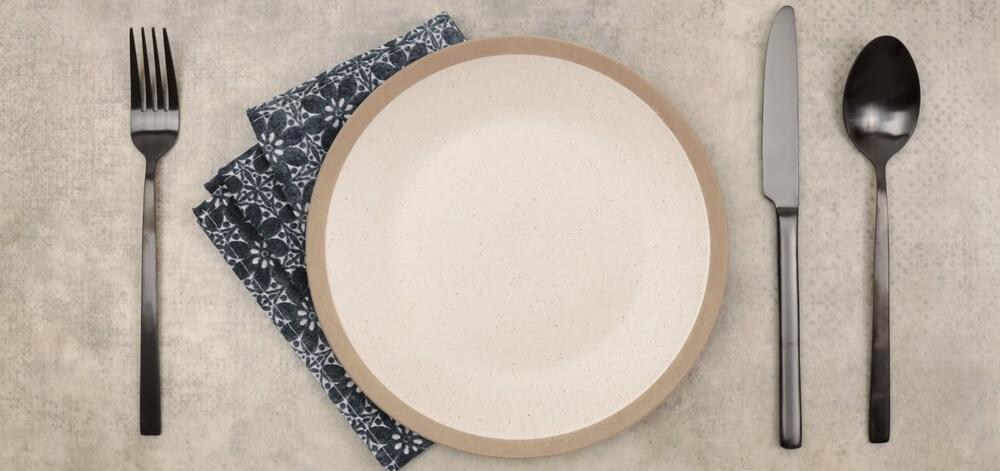How to Eat When GLP-1 Medication Affects Your Appetite
This article is part of a Q&A series in which a health expert answers your frequently asked questions.
We asked Dalia Weisman, a Diabetes Nurse Educator on the Dario team, to share her insight for people taking GLP-1 medication who are experiencing a loss of appetite.
Is it normal to experience a loss of appetite while taking a GLP-1 medication?
Dalia Weisman: Yes, if you’re feeling full quickly or just not interested in food, you’re not alone — these are common effects of GLP-1 treatment.
GLP-1 medications work by slowing stomach emptying and altering hunger signals in the brain. This can lead to a feeling of fullness after eating small amounts — or even feeling full without eating much at all. While this helps with weight loss, it may take time to adjust to this new sensation of appetite.
Is it okay for someone taking a GLP-1 to skip meals if they're not hungry?
No, it’s not a good idea to skip meals. Regularly skipping meals can lead to nutrient gaps, low energy, and muscle loss. For people with diabetes, it can also cause blood sugar swings — low levels if they’re on insulin, or later spikes after long gaps.
It’s important to get the nutrients you need. Even when you have a low appetite, aim for small, balanced meals with complex carbs, fiber, and protein. Structured mealtimes and regular glucose checks can help you maintain your energy and support stable, safer diabetes management.
How can they make sure they’re getting enough nutrients while eating less?
Here some practical tips for eating well with a suppressed appetite:
- Plan small, frequent meals: Try serving yourself smaller portions, eating slowly, and stopping when you're full. Set reminders for mealtimes, and think of meals as part of your daily care routine.
- Focus on nutrient-dense foods: Your meals may be smaller but they should provide protein, healthy fats, fiber, and essential vitamins and minerals in small volumes. Examples include Greek yogurt with nuts, a hard-boiled egg with avocado, or a smoothie with protein and fruit.
- Prioritize protein: Make it a point to include a source of protein at each meal — eggs, dairy, tofu, beans, fish, or chicken, for example. Protein shakes or smoothies are good alternatives if solids are hard to manage. As you lose weight, aim to eat at least 60 grams of protein daily and do strength training to help keep your muscles strong.
- Make your calories count: Use healthy fats like olive oil, avocado, or nut butter to add nutrients in small amounts. You can add nuts or seeds to meals or blend them into smoothies.
- Hydrate mindfully: Drink about 8 to 10 cups of fluids throughout the day, but avoid drinking too much around meals, since this can dull appetite.
- Consider meal replacements if needed: A balanced, low-sugar shake can help meet your needs when solid food is too difficult to stomach.
What can they do if they're now turned off or nauseated by certain foods?
GLP-1 medications may change taste preferences or cause mild nausea. This often improves over time. If certain foods no longer appeal to you, try new textures and flavors. For example, eat roasted vegetables instead of raw ones, or use milder seasonings instead of preparing spicy dishes.
Nausea is common, especially early on or after dose changes. Eat slowly, avoid greasy or spicy foods, and choose bland options like toast, rice, or ginger tea. Experiment with what works for you. Smaller meals may work better for you than larger ones. For some people cooler foods are easier to tolerate than hot dishes.
Remember that even without strong hunger signals, your body still needs regular fuel to stay healthy and strong. Listening to your body is important, but so is gently supporting it with small, nourishing meals that work for you.
Always check in with your healthcare provider or dietitian for advice that’s right for you.
Want to Read More?
Access all of Dario Connect’s content, community, and experts for free!
Already a member? Login
Want to Read More?
Access all of Dario Connect’s content, community, and experts for free!
sign UP For FreeAlready a member? Login


